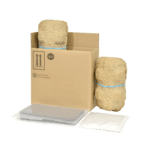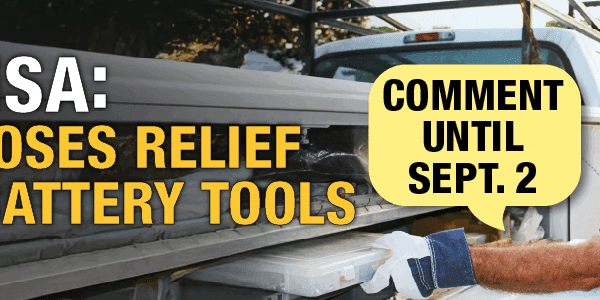
How Safe Items Become Dangerous
Everyday items like cotton rags soaked with petroleum-based products can transform into hazardous materials under certain conditions. These seemingly harmless items can spontaneously combust, turning unregulated materials into dangerous goods.
Spontaneous combustion happens when oxidation generates heat faster than it can dissipate. For instance, oil-soaked rags left in confined spaces can ignite due to heat buildup. Such cases may reclassify these materials as dangerous goods under Class 4.2, like UN1364, Cotton waste, oily or UN1365, Cotton, wet.
Key Points to Consider
Identification and Awareness: Be mindful of potential hazards. Items soaked in flammable substances should never be disposed of carelessly.
Proper Storage: Store rags in a metal container with a tight-fitting lid to limit oxygen exposure and reduce fire risks.
Regulatory Compliance: Ensure compliance with transportation and disposal regulations to safely handle these materials and avoid legal issues.
Safe Disposal: Use hazardous waste disposal services or alternatives like disposable absorbent pads designed for safe disposal.
Real-Life Implications
Improperly stored oily rags have caused significant fires. These incidents highlight the importance of proper handling and disposal to prevent accidents.
Everyday Vigilance
Non-regulated items can easily become hazardous. Awareness and proactive measures can prevent risks, protect lives, and ensure safety. When did you last evaluate your handling of hazardous waste? A small effort can make a big difference.
Do you have questions about dangerous goods? Our team of experts is just a call away for our customers at send us an email, we’re happy to help.
Stay up to date and sign up for our newsletter!
We have all the products, services and training you need to ensure your staff is properly trained and informed.
 ERG Publications ERG Publications |
 Hazard Class Labels Hazard Class Labels |
 4GV Securepacc Complete 4GV Securepacc CompleteShipping Kit |





